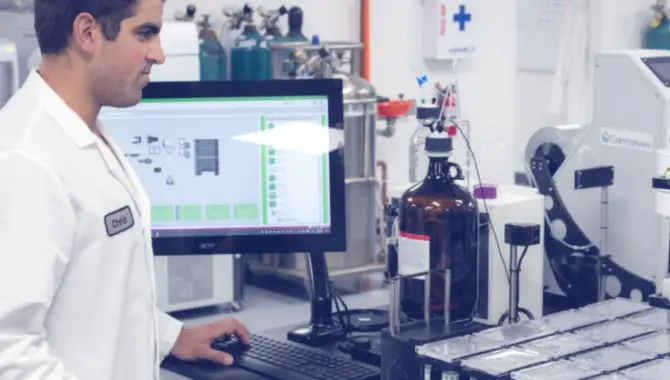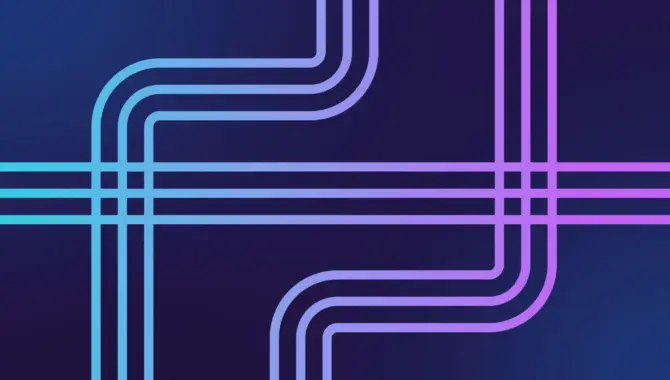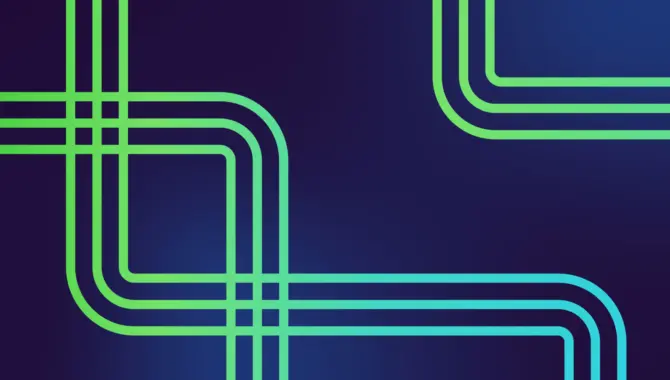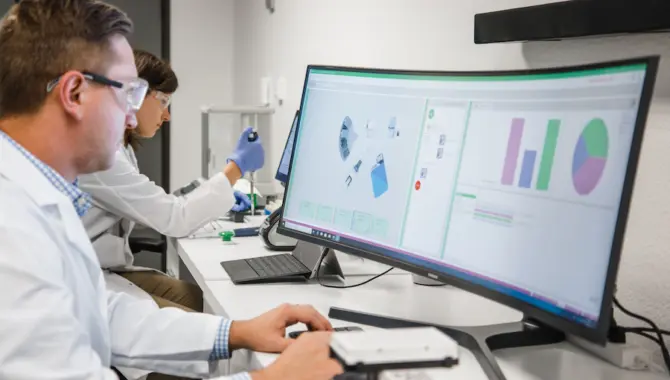Analytical chemistry lab in cannabis market decreases processing times by 94% with lab automation software


The cannabis industry is on track to exceed $40 billion in sales worldwide by 2024, according to Arcview Market Research and BDS Analytics. Countless medical benefits, easy-to-use applications and life-changing stories have helped derail old stereotypes and build respected legitimate businesses. With increasing social acceptance, variety and access, cannabis products are now evaluated like other ingestible items and expected to be safe for human consumption. Scientific testing and analysis have become an essential step in the industry’s economic chain. Testing labs are stepping up to provide reliable and repeatable testing procedures that cannabis companies can use to ensure product safety and credibility.
States including Alaska, California, Colorado, Illinois and Florida, among others, require merchants to test cannabis at some point before or during commercialization. To comply, cannabis retailers seek laboratories that can provide testing and reporting services with quick turnaround times to keep sales rolling.
Cannabis testing requirements set by states
Cannalysis, an analytical chemistry lab in Santa Ana, California, specializes in testing cannabis. From the day they opened in 2015, Cannalysis committed to operating on the values of strong ethics and stellar science. With these values and an investment in state-of-the-art technology, Cannalysis define themselves as a premium testing lab. To differentiate themselves, even more, they guarantee high-quality, reliable and repeatable test results within a three- to five-day turnaround.
“We are inventing the science of cannabis and how to test it. We pride ourselves on being the best at that,” says Chris Scholl, Director of Automation and Robotics at Cannalysis. “We stand by the science and the good practices we have here. When we provide results, there is no question about the quality.”
Cannalysis is currently serving customers in the state of California, the number one source of cannabis in the United States. California’s Northwest region is home to the “Emerald Triangle,” a lush agriculture area where the weather and soil are optimal for cannabis growth. Approximately 1.7 million pounds of cannabis are grown in this territory alone each year. The Bureau of Cannabis Control of California estimates that 1,500 samples of cannabis are tested each day in California.
“We are inventing the science of cannabis and how to test it.” It seems like an easy boon. Set up a cannabis testing lab in the heart of the production zone and watch the money roll in. However, California’s cannabis testing requirements are far from easy. Because there is little traceability in the production chain, California regulators require sellers to test cannabis in its final form factor and package before selling it to consumers. It also mandates tests on cannabis evaluate 11 different characteristics. These include concentration and potency of each cannabinoid, moisture content, residual pesticides, processing chemicals, metals, foreign materials, and even microbial impurities such as E. Coli and Salmonella.
Lab challenged by sample volume and diverse form factors
Cannabis sells in a wide variety of form factors – flowers, oils, edibles, beverages, lotions and balms. “There are so many different types of samples that we have to test. To ensure quality and consistency, we have to run all the samples through the same test,” says Scholl. “Yet there is no off-the-shelf solution for testing cannabis because the samples are so different.”
Samples also come from a variety of sources, including independent farmers, manufacturers, distributors and private consumers – each who have their own unique needs and testing demands.
To meet the demand of testing large sample volumes and a variety of form factors, within a three- to five-day turnaround, Cannalysis sought a way to expedite their testing cycles.
Automation creates significant throughput and efficiency gains
Cannalysis is no different from any other analytical chemistry lab. There are scientists and lab technicians, top-of-the-line analytical lab instrumentation and samples to test. Just like any other lab, the test samples have to be prepared for analysis.
One big difference is that rather than testing tissue or cells, Cannalysis is testing flowers, oils, edibles, beverages, lotions and balms. To test all of these elements in an authentic and verifiable scientific process, each has to be transformed into a liquid that can be analyzed by scientific instruments.
Take a cannabis flower, for instance. The solid plant product has to be formed into a liquid to go through the testing process. The flower is soaked in a solvent to extract everything from the flower into the solvent. Through that process, everything from the cannabis flower is extracted into a liquid form. Next, the liquid is filtered to remove all the solids. The clean liquid that remains contains all the cannabinoids, pesticides, or foreign materials that flower might have carried in a liquid that can be tested.
“There is a lot of chemistry that has to be done in the preparatory process,” explains Scholl. “It starts with a solid plant product and ends up as a liquid contained in a 96-well microplate.”
“Working with Green Button Go® software, we have reduced the time it takes to prepare our samples by 94%. Whatever automation task we need for our lab, I know I can get it done with Green Button Go software.” When Cannalysis started, the sample preparation process was all done by hand. The multi-step preparatory process alone took four lab technicians eight hours to prepare 96 samples for testing. To meet future business goals, Scholl started to create and validate an automated lab workflow that would increase the lab’s efficiency and throughput. He started with the highly-manual process of preparing the cannabis samples for analysis.
Scholl turned to Biosero and its flagship software, Green Button Go software, to help. Green Button Go is device-agnostic software that integrates instruments, optimizes workflows and monitors performance to create a cohesive lab ecosystem. For Cannalysis, the software transformed a manual process into a fully automated one.
Nimble software expedites lab workflows to increase output
After completing training at Biosero headquarters, Scholl set up the preparatory workflow right in Cannalysis using the instrumentation he selected, and only a laptop. Using the graphical user interface in Green Button Go software, he selected the instrument icons in the software that represented each device. Using the drag-and-drop tool he replicated the workflow for the application. Once he designed the process, he was able to simulate the order and run time before using actual samples.
After verifying the workflow was effective in simulation mode, Scholl was ready to run samples. The automated workflow starts when the technician prepares test tubes with a weighed-out quantity of sample. The automated system can be loaded with up to 96 samples at a time. Green Button Go software then takes over the steps of processing each sample tube across multiple devices made by different manufacturers. With zero technician interaction, Green Button Go software processes all the samples and loads the prepared samples into a 96-well microplate – a high-density format for the sample.
Automation increases precision and expedites timeframes during sample preparation
Now, with Green Button Go software the workflow for the sample preparation process takes two hours per cycle, compared to 32 technician hours. “Working with Green Button Go software, we have reduced the time it takes to prepare our samples by 94%,” says Scholl.
Operator intervention is not required during the two-hour run time facilitated by Green Button Go software. One lab technician now oversees the instrumentation and is responsible for loading tubes into the racks and keeping the solvent levels filled. The software also notifies the lab technician with a message or an email if it flags any errors. In turn, the technician can modify the method, fix a hardware issue or divert activity from a broken device to another cell, and continue with the same run – salvaging precious samples.
Speed is not the only advantage of automating sample preparation. Automation supports the repeatability of critical tasks and keeps records of each step. The automated bar code reader ensures that every sample tube is identified correctly so that the sample gets treated with the tests that customer asked for. If a customer or Scholl has a question about a sample, he can access the records stored in the software to identify issues.
“In addition to the significant efficiency gain, we also saw more consistency in the test results,” added Scholl. “When a lab process is manually conducted there are far more things that can go wrong. When a technician is hand pipetting samples from one tube to another tube, it is possible for the wrong sample to end in the wrong tube contaminating the sample. Green Button Go software ensures that the process is conducted the same way every time and it is far less prone to errors.”
To produce quality results, Scholl says, you have to be running the top-of-the-line instrumentation to achieve high accuracy. Because it is device-agnostic Green Button Go software supports automation no matter which devices he selects. Furthermore, to prove high-quality results, labs have to collect data at every step in the process. Green Button Go software records data for traceability, recordkeeping and error handling, which Scholl appreciates.
“You have to run each sample with the proper quality control standards that define the baseline. We are constantly running quality control checks and servicing instrumentation on regular intervals for instance. It’s very difficult to uphold that kind of quality in the lab, and it takes a big investment to uphold. We do that because we know that the quality versus quantity will make us successful.”
Software that grows with the business, and the cannabis
The need for legitimate, reliable cannabis testing is undeniable, and it’s only getting bigger. Cannalysis is on track to meet its goal of tripling its capacity. The team believes they will get their soon with automation technology in place. Once he has fully-optimized the preparatory process using Green Button Go software, Scholl plans to expand the automation into other workcells and operations. When that time comes, setting up a new process will be as easy as downloading drivers from the cloud and re-designing the workflow with a few drags and drops.


Want to automate smarter, not harder? Join the Biosero newsletter and stay in the loop with the latest lab automation strategies, success stories, and product updates.


